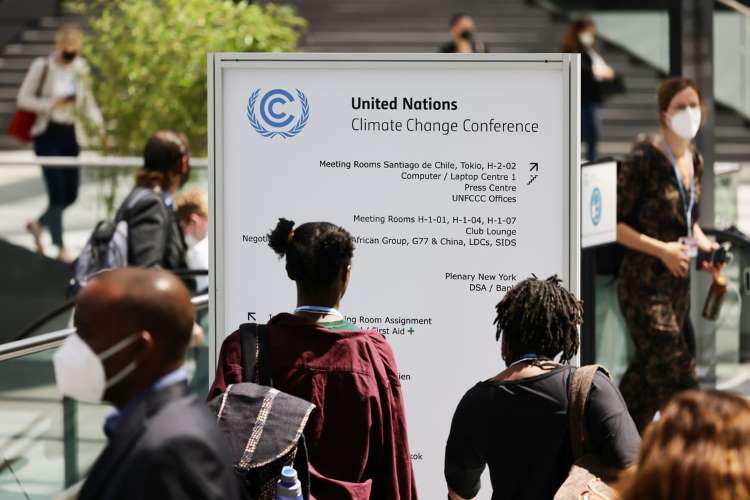The United Nations Climate Change Conference (COP27) starting on November 6 Sunday in Egypt is a platform for countries to discuss and act towards a sustainable future. Known for nature-worshipping, sustainable practices and eco-friendly lifestyle for ages, India has been a party to the United Nations Framework Convention on Climate Change (UNFCCC) since it came into force on 21 March, 1994. With the launch of various missions and initiatives towards a cleaner future, the country can lead global climate action by re-enacting the age-old sustainable practices in a modern form.
The planet is experiencing abnormal surges in temperatures and other extreme weather events such as droughts, floods and rising sea level. These manifestations of climate change have spillover effects that are visible across the world. The UNFCCC was conceived at the Rio Earth summit in 1992 and Conference of Parties (COPs) were initiated to combat anthropogenic climate change. This year’s Conference of Parties will put in place a robust climate action plan binding on all the 198 parties of UNFCC.
The geopolitical tension in Ukraine, lack of an action-oriented approach to tackle climate change, ineffective COP26 summit outcome, inability to meet the Paris agreement financing goals, and growing inequality among nations have further aggravated the issue of global warming and derailed the positive outcomes.
READ I Bottom-up thinking powers India’s urban transformation: Sanjeev Sanyal
Meeting the targets set for 2030 and beyond will need a careful relook at the commitments and goals made since the Rio summit in 1992. With very little time left to meet the targets, both the developed and developing nations must come together and rise to the challenge, guided by the principle of Common but Differentiated Responsibilities and Respective Capabilities (CBDRC).
India’s Mission LiFE initiative
India has taken a step in the right direction by launching a hallmark initiative Mission LiFE (Lifestyle for Environment) in October 2022, initiated by Prime Minister Narendra Modi. The cue for this mission was taken from India’s age-old sustainable practices and rich cultural history. The mission looks to ensure individual and collective action to protect and preserve the environment and seeks to mobilise one billion people to become pro-planet by 2027.
Backed by the advantage of its low-cost renewable energy generation capacity, India can look at harnessing clean energy and set an example for other countries to follow. The mantra of 3Rs (reuse, reduce and recycle), reiterated by the Prime Minister in his Kevadia speech in the presence of UN Secretary-General António Guterres, has set the ball rolling in this direction.
READ I Global warming: UN report calls for drastic emission cuts
An opportunity at COP27
This year’s Bonn Climate Change Conference in June ended in an impasse. The developed and developing nations could not come to common agreeable terms on the question of responsibility for loss and damage compensations and individual commitments. COP27 to be held at Sharm El-Sheikh, Egypt provides another opportunity to break the deadlock and accelerate the commitments on mitigation action.
The countries should not miss this opportunity to reach a consensus at the end of the meeting with binding agreements for cut in greenhouse gas emissions, checking rise in sea level and achieving the Sustainable Development Goals (UN-SDGs). India and Egypt were part of the “like-minded developing countries group” at the Bonn Convention which raised the issue of $100 billion annual climate finance goal. This fund is aimed at compensating the losses borne by the developing nations from catastrophes linked to climate change. This fund was supposed to be created and funded by the developed nations by the year 2020, but there is not much headway on this front.
Along with other measures and missions, there should be discussions on the need to align lifestyle to environmental goals. India has a tradition of nature worship and respecting mother earth. These sustainable practice needs to be re-enacted at the earliest. There should be dialogues on family planning, sustainable ways of living, and preservation to make communities more resilient in the face of environmental change.
A stronger climate action plan is the way forward for addressing the increasing frequency of heat waves and other extreme climate events. This calls for innovation and investment in this field with multilateral organizations as well as public and private sectors playing their parts. The global community should look at various opportunities to engage and work jointly towards a greener and cleaner sustainable future. Learning from the past and a robust plan of action would set in motion the journey towards a greener and prosperous future.
(The authors work for CUTS International, a global public policy research and advocacy group.)

